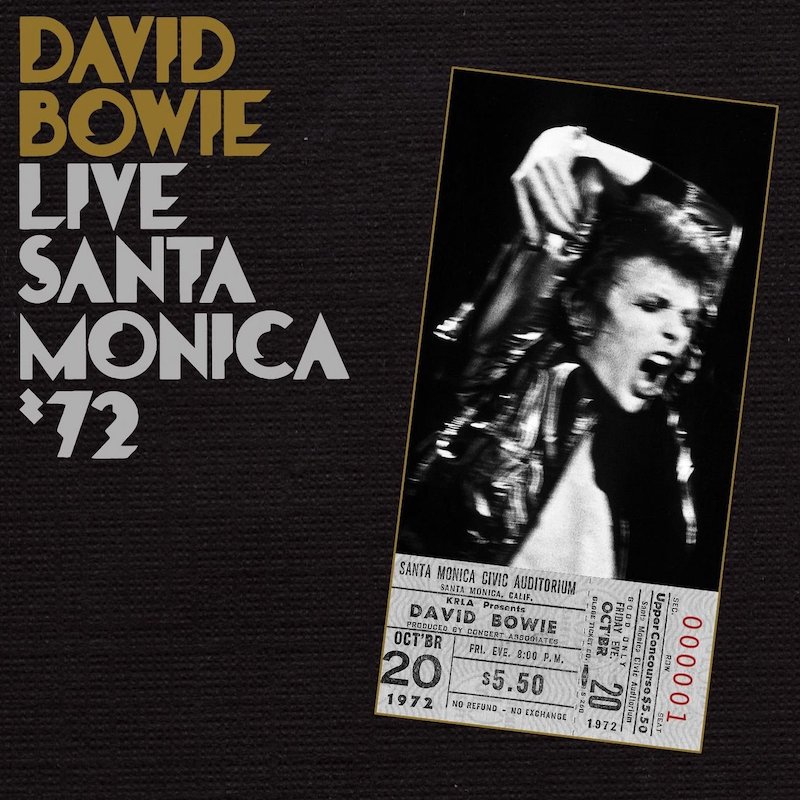There’s something special about the live album. In the studio, the artist has seemingly endless resources; they can record take after take, use overdubbing, have the producer worry about the tone of the recording — all while seeking perfection. But in the heat of the moment, while playing live in front of thousands of people, can your favorite artist hit all their notes, connect with the audience, and even transcend the studio recording? Unfortunately, not everyone can, which makes the live album a quintessential part of any well-respected artist’s catalog.
Here are some our favorite live albums of all time. The list is by no means definitive, but each and every one of these releases deserves a spot in your music collection, if not (at the very least) a listen.
– Evan Kaloudis

The Allman Brothers Band
At Fillmore East
[Capricorn; 1971]
The Allmans were great on record in their heyday, but like the Grateful Dead, the true extent of their prowess needed to be seen live to be believed. Easily the Allman Brothers Band’s finest hour, 1971’s At Fillmore East put the precognitive musical interplay of the Allmans’ chunky three-guitarist, two-drummer unit on full display over two spellbinding nights at the titular New York City venue.
The double album splits the difference between blues standards by the likes of Blind Willie McTell and Ellmore James, here transformed into blistering Southern rock gems, and originals from the first two Allman Brothers Band studio albums that get stretched out into exploratory jazz fusion workouts. The first half showcases Duane Allman’s slide guitar mastery, pitting brash shuffles like “Statesboro Blues” and “Done Somebody Wrong” against the yearning blues of “Stormy Monday,” while on the second half, the mournful quietude of “In Memory of Elizabeth Reed” gives way to the white-hot guitar wizardry of the labyrinthine “Whipping Post.”
At Fillmore East is the definitive document of the ’70s Southern rock movement, but it is also a bittersweet victory, as Duane Allman’s and bassist Berry Oakley’s lives were both claimed in separate motorcycle crashes months over the same stretch of Macon, Georgia road within the eighteen months following the album’s release.
– Craig Jenkins

Andrew Bird
Fingerlings 1/2/3/4
[Grimsey; 2002, 2004, 2006, 2010]
Many – myself included – will often go on about how an Andrew Bird live show is better than hearing him on record. What about Bird’s live output, then? While there never will be a substitute for seeing Bird create the loops in front of you (probably sporting some wonderfully colourful socks, too), recordings of him on stage certainly help bridge the gap between his albums and actually attending one of his shows. And there’s been plenty of recordings done (Live in Montreal, iTunes Session, Fake Conversations – the list goes on), but the best material comes from his somewhat regular Fingerlings releases.
At times we get to hear what sounds like Bird alone in an empty venue, before the audience show their appreciation come the end of the song; just like when you see him live, you easily get completely absorbed and forget the context (see the first half of Fingerlings 1 for the best example of this). Elsewhere he’s got a band by his side, and the tension sounds it’s been increased tenfold, especially in regard in the stuff from Fingerlings 3, which is contrasted by absolutely wonderful solo renditions of “Scythian Empires,” “Dark Matter,” and “The Happy Birthday Song.”
The material doesn’t matter though, as Bird makes everything transfixing when he puts it in a live setting, such as his take on old blues classics (“Trimmed + Burning,” “Richmond Woman”), tracks from his back catalogue (“Depression Pasilio,” “Dance of Death,” the latter of which is near enough three times the length of the original, and perhaps three times as good), or just fresh takes on his recent songs (“Danse Carribe,” “The Water Jet Cilice”). With Bird’s music, there’s always something to be transfixed by, and this holds especially true when you capture him a live setting.
– Ray Finlayson
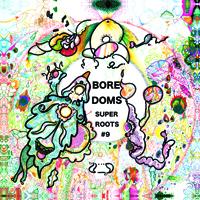
Boredoms
Super Roots 9
[Thrill Jockey; 2007]
Super Roots 9 is an excerpt of a 2004 Christmas Eve performance by Boredoms, everyone’s favorite psychedelic-tribal-drone collective. A single, 40-minute track that revolves around Yamantaka Eye’s manipulated choral samples and the group’s signature triple-drumset attack, the album was criticized on release for veering towards monotony.
But repeated listens reveal that “Livwe!!” is a carefully orchestrated track that breathes and shifts in a calculated manner; the interplay is far too precise to dismiss this affair as some throwaway improvised performance. The evidence of rehearsal shows in the first few minutes, when vocals and cymbals sing out in accelerating unison until the two sounds flow together in a beautiful rush, a moment met with enthusiastic applause. When the drums finally roll in, Boredoms take you on an energetic krautrock freak-out that simply doesn’t relent. Once Super Roots 9 locks into its groove, you inevitably find yourself locked in as well.
– Jay Lancaster

Bruce Springsteen & The E Street Band
Hammersmith Odeon London ’75
[Columbia; 2006]
This album was recorded during Bruce Springsteen’s very first show in Europe as he was touring the now-classic Born to Run record and it’s the finest live document of Springsteen to be officially released (there’s a few bootlegs that rival it from the ’78 tour). The Born to Run tour was also the introduction of Steven Van Zandt to the E Street Band line-up and he’s shining here, playing more far more lead guitar than we’re used to with Springsteen – to best effect.
The sound throughout the album is fantastic and the band is arguably at their best, elevating the slightly weaker songs like “She’s the One” to the same heights as Springsteen’s strongest material. Despite clocking in at little over two hours the record constantly keeps the attention of the listener as Springsteen and the band are delivering one mindblowing rendition after another. It’s all but impossible to mention highlights as all the tracks could be chosen but the version of “Lost in the Flood” that is included here blows the studio version out of the water and ranks as arguably my favourite live performance of all time. A must-have for any rock fan.
– Johan Alm
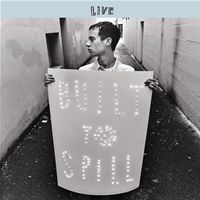
Built To Spill
Live
[Warner Bros.; 2000]
Long heralded as a band that has to be seen live to be appreciated, Built To Spill attempted to capture the concert magic with the 2000 release Built To Spill Live, recorded on their tour in support of 1993’s Keep It Like A Secret. The release comes off of a streak of their best albums, and the live album format provides a chance to showcase these tracks. Indeed, “Car,” from Keep It Like A Secret, surpassed the album version in its emotional power and serves as possibly my personal favorite live recording of any song, period. Otherwise, the song selection is strong throughout, including covers of songs originally by Love As Laughter and Halo Benders, as well as the band’s well-known tunes “The Plan,” “I Could Hurt A Fly,” and “Randy Describes Eternity.”
But, what makes the Built To Spill Live album so fun is the inclusion of two 20-minute super jams, one on the Keep It Like A Secret closer “Broken Chairs” and the other on the Neil Young classic “Cortez The Killer.” Built To Spill’s mythos is based on jams like these and to hear them released with such fantastic recording quality is both a treat to hardcore fans the band and casual appreciators of stoney guitar jams.
– Philip Cosores
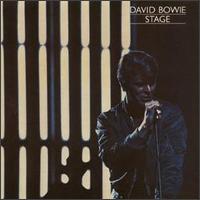
David Bowie
Stage
[RCA; 1978]
Recorded in the heart of Bowie’s Berlin period, Stage does an admirable job of passing off his studio experiments with Brian Eno as arena rock. There’s a decent helping of Ziggy Stardust classics here–all of which sound great–but the real story is how well the Low and Heroes material translates live. Bowie’s diet at the time was famously heavy on powdery white things, but unlike his previous, glam-era concert release David Live, the drugs don’t affect the performances. Bowie is sharp throughout, and with the exception of an awful cover of the Doors’ “Alabama Song (Whiskey Bar),” the song selection is faultless.
– Sean Highkin
Live Santa Monica ’72 is taken from a FM broadcast of Bowie’s show at the Santa Monica Civic Auditorium on October 20, 1972 and while it was finally properly released in the summer of 2008 it had long been available in less legal packaging. The broadcast was long bootlegged and saw several semi-legal releases in 1990s and it was long considered something of a holy grail among Bowie fans, and it’s easy to see why.
Live Santa Monica ’72 captures Bowie in the midst of his Ziggy Stardust era and Bowie and his band are completely on fire here with Mick Ronson showing just why he’s one of the most underrated guitarists of the classic rock era. The setlist is heavily based on the then brand new The Rise and Fall of Ziggy Stardust and the Spiders from Mars as well as Hunky Dory – both among the very finest rock has to offer – but one of the true highlights of the record is Bowie’s haunting rendition of Jacques Brel’s “My Death” – it’s worth the price of the album alone.
– Johan Alm
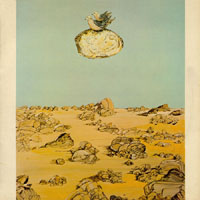
Donovan
Donovan in Concert
[Epic/Pye; 1968]
Donovan in Concert, recorded live in ’67 at the Anaheim Convention Center, has the Scottish troubadour interweaving folk, jazz, and psychedelic vibes alongside Jamaican saxophonist/flautist Harold McNair. Transitioning starkly from a carnival barker’s anecdote about how “Donovan the phenomenon” has the power to part the clouds and usher in the sun, subdued requiem “Young Girl Blues” features jazzy flute lines slipping and sliding between privy, penetrating lyrics: “Coffee on, milk gone/ Such a sad life and fading/ Yourself you touch, but not too much/ Certain people tell you it’s degrading.” Elevating the mood with upbeat ditty “There Is A Mountain,” Donovan’s peppy delivery and Candy John Carr’s clonky bongos barrage craft an aura of spontaneous, carefree primitivism.
After drawing on previously released material off Sunshine Superman, Mellow Yellow, and A Gift from a Flower to a Garden, Donovan treats us to a “pretty little song” that he confesses with a playfully chuckle to not knowing “what it’s called quite yet. “ Though it appears as “Pebble the Man,” on the liner notes here, this track would officially be released the following year as “Happiness Runs” on Barabajangal. Liberated from the prickly needles of competition, longing, and desire, Donovan plays spiritual mistral in channeling an elegant and profound canon of Zen Buddhist philosophy: “Everybody is a part of everything anyway/ You can have everything if you let yourself be.”
Closing out the show with “Mellow Yellow,” fans keep the beat with emphatic communal handclapping atop sparse, molten saxophone flourishes. As a crooning Donovan tweaks his lyrics to confess a love for the City of Angels, the crowd erupts in euphoric hooting and hollering: “I’m just mad about Los Angels/ L.A.’s mad about me/ I’m just mad about – good – old – L – A/ And L.A.’s mad about me!”
– Henry Hauser


